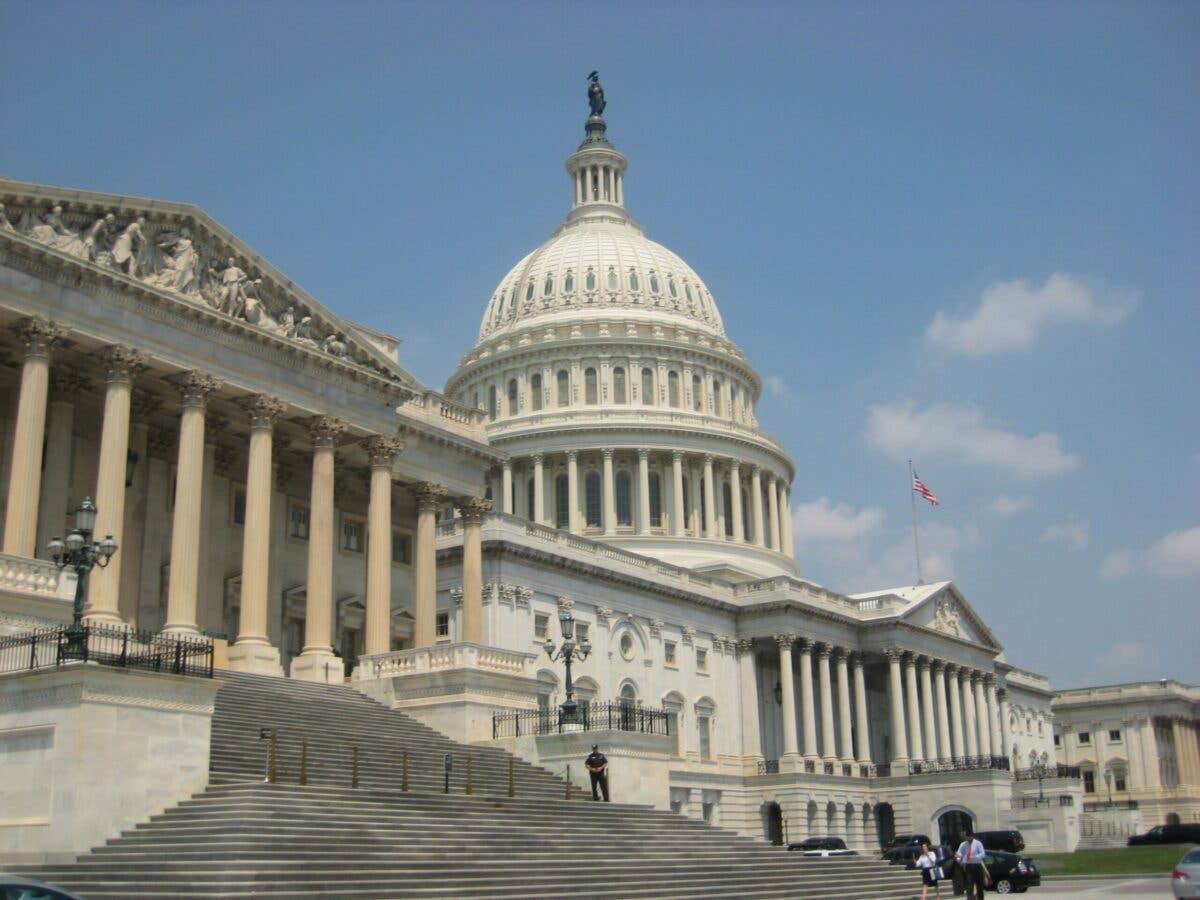What Prompted Congress to Change the FAA’s Original ‘Dual Mandate’?
The FAA was charged with regulating air commerce to promote its development and safety and with promoting, encouraging, and developing civil aeronautics. How, when, and why did these congressionally-mandated functions change?

Congress originally charged the FAA with regulating air commerce to promote its development and safety and with promoting, encouraging, and developing civil aeronautics. [Courtesy: USGS]
Question: In August 1958, the president signed the Federal Aviation Act, which transferred the Civil Aeronautics Authority’s functions to a new and independent Federal Aviation Agency (now the Federal Aviation Administration). The FAA was charged with regulating air commerce to promote its development and safety, and to encourage and develop civil aeronautics. How, when, and why did these congressionally mandated functions change?
If you're not already a subscriber, what are you waiting for? Subscribe today to get the issue as soon as it is released in either Print or Digital formats.
Subscribe NowAnswer: After the May 1996 crash of ValuJet Flight 592 in the Florida Everglades, the FAA was criticized for the possible part it played in the disaster, allowing for cost-cutting to impact safety. Some legal scholars observed that the functions of protecting passenger safety while promoting industry (including all other civil aviation) interests weren’t compatible. So, then-Secretary of Transportation Frederico Pena called for Congress to reexamine the FAA’s “dual mandate.” Thus, in October 1996, Congress amended the Federal Aviation Act, removing the language “promoting” aviation and adding more provisions emphasizing safety.

Sign-up for newsletters & special offers!
Get the latest FLYING stories & special offers delivered directly to your inbox







